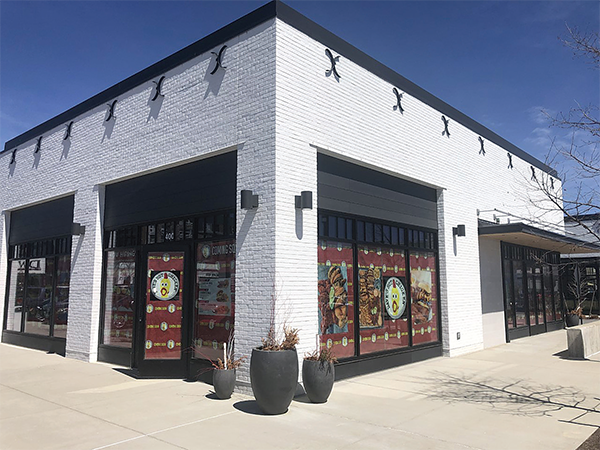 Leases Place Numerous Obligations on Landlords and Tenants
Leases Place Numerous Obligations on Landlords and Tenants
By Christopher R. Vaccaro
Special to Banker & Tradesman
Special issues arise in commercial lease negotiations when landlords commit to build leased premises from the ground up for retail tenants. Landlords and tenants must take care to properly document these arrangements.
The economics of “build to suit” leases are simple enough. Landlords agree to build “shell space” consisting of foundations, exterior walls, roofs, structural components and mechanical systems using their own funds or construction financing. Landlords expect to recover their costs, plus profit, from tenant rents over the lease term. Tenants take responsibility for “tenant finish work,” such as installations of floor and wall coverings, internal partition walls and tenant fixtures.

Landlords often agree to pay tenants an allowance toward the cost of tenant finish work, while again recovering that expense plus profit from future rents. Such allowances are usually determined on a dollar per square foot basis. Under these circumstances, tenants are expected to pay for the tenant’s work initially, with landlords obligated to pay the allowance to tenants when the tenants’ work is complete, potential mechanic’s liens are released, and tenants have accepted possession and opened for business.
Deadlines Matter as Plans Evolve
These leases must describe the plans and specifications defining the construction. If plans are incomplete when the lease is signed, the lease needs mechanisms to finalize them. Both the landlord and the tenant are expected to submit to each other draft plans, and each party must review the plans and respond with suggested changes within a specified amount of time. Parties that fail to timely comment on submitted plans are deemed to have accepted the plans as-is. Leases should also accommodate the need for changes to plans during construction, because of unforeseen circumstances. It is recommended that parties agree on each other’s general contractors in advance.
After plans and specifications are finalized, each party must secure permits for its work. The lease should require the landlord to secure permits and complete the landlord’s work by a specific delivery date, but allow extensions because of events beyond the landlord’s control, such as inclement weather, natural disasters, shortages of materials, pandemics and construction moratoria. However, many tenants insist upon absolute deadlines for landlords to complete construction, regardless of the occurrence of such events. Tenants often require specific remedies when landlords fail to timely complete their work, such as liquidated damages, rent abatements and lease termination rights.
As the landlord’s work nears completion, tenants need advance notice of the delivery date, so they can mobilize their contractors and other personnel to start installing tenant improvements and preparing the space for use. After tenants accept delivery of the premises, they should have a limited time to complete their build-out and open for business, after which they are required to pay rent, whether or not they are ready to open.
After landlords deliver the premises, tenants should have time to inspect the premises and prepare punch lists of incomplete items. When tenants fail to timely list incomplete items, they waive their rights to make claims about them later. After tenants submit the punch list to their landlords, landlords should quickly resolve deficiencies. Tenants usually require warranties against latent defects in the landlord’s work, as well as assignments of warranties given to landlords by their contractors.
End of Lease Requirements Spur Dispute
Commercial rents are usually based on the leased premises’ square footage. For new construction, the actual square-footage of the leased premises cannot be determined until construction is complete. Therefore, tenants typically reserve the right to re-measure the leased premises upon completion, and to adjust rents accordingly. Landlords should limit the time for remeasurements, and have the right to conduct their own remeasurements to validate tenants’ figures. Disagreements should be resolved by a disinterested party.
Leases should also address what tenant improvements must be removed or must remain in the premises at the end of the lease. For example, in Wilder Companies Inc. v. California Pizza Kitchen Inc., a Massachusetts Superior Court considered a restaurant lease that did not specifically require the tenant to remove its trade fixtures and restaurant equipment when the lease expired. The tenant left behind a pizza oven, walk-in refrigerator, ice chest, counters and seating booths. The landlord sued the tenant for the $50,000 cost of removing those fixtures, as well as holdover rent, but the court dismissed the landlord’s lawsuit.
In leases requiring significant construction, there is no room for ambiguities or assumptions that parties will act “reasonably” when conflicts arise. Landlords and tenants should make sure that their leases cover the issues described above in detail.
Download the article as seen in Banker & Tradesman on April 25, 2022. Learn more about Christopher R. Vaccaro.